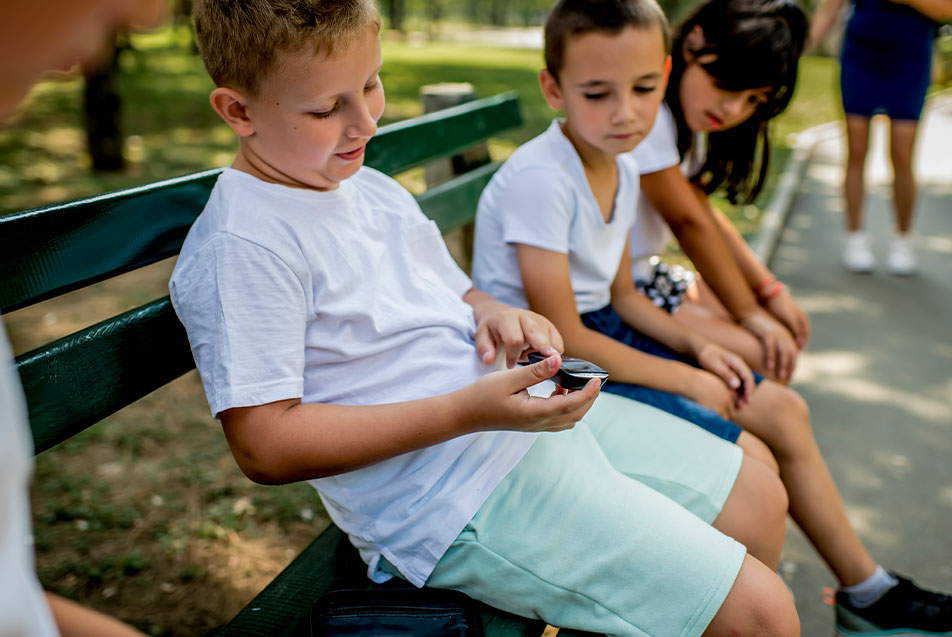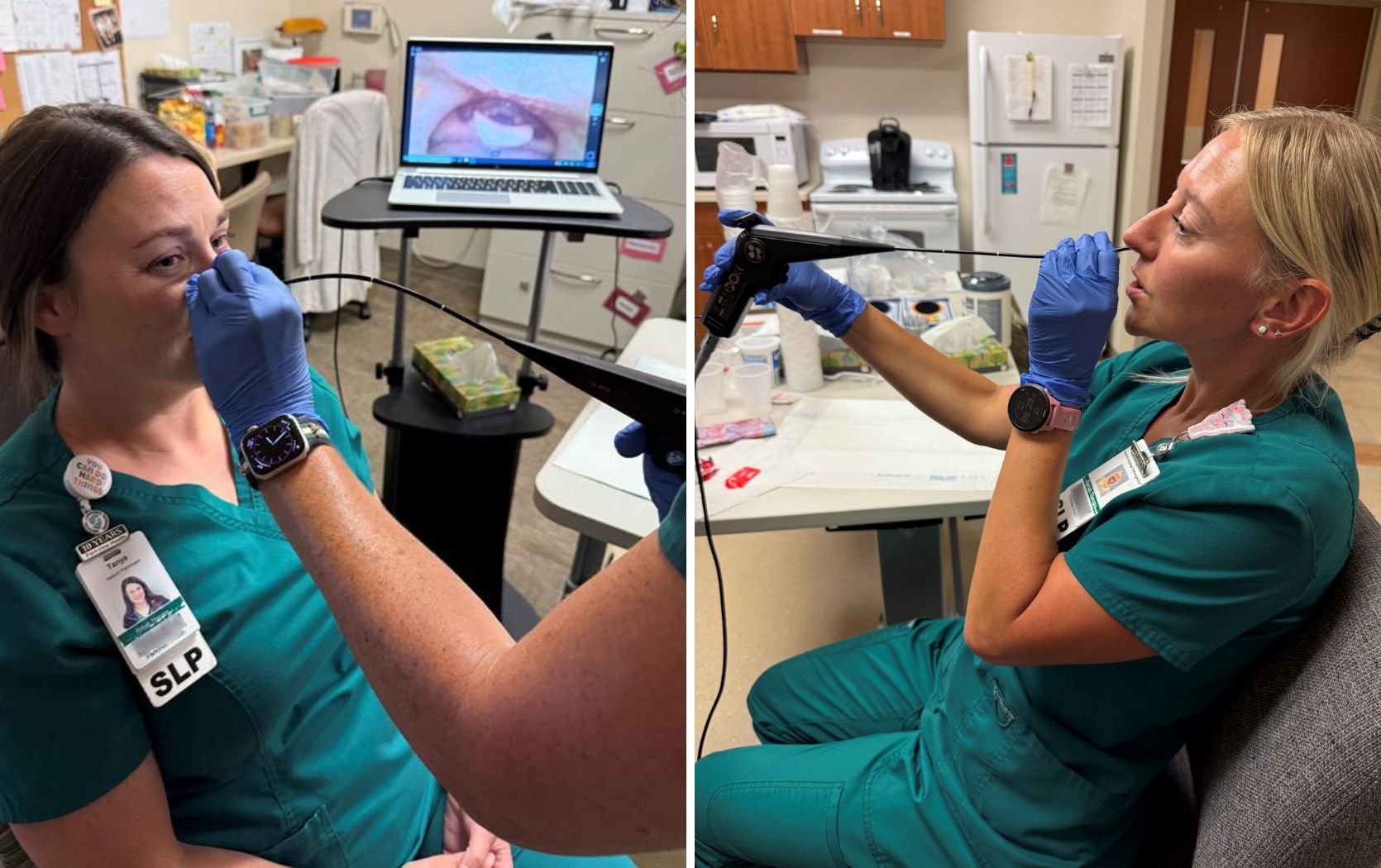
This post was written by Kate Creager, MCHES, lifestyle change specialist, Diabetes Care Services, and Susan Bruick, RN, MSN, diabetes care and education specialist, Diabetes Care Services, Parkview Health.
A Type 1 diabetes diagnosis for a child can be challenging to navigate, especially when returning to school. But creating a written personalized Diabetes Medical Management Plan (DMMP) can make all the difference while bringing peace of mind to caregivers, the child and school officials. In fact, per federal law, students with the condition have the right to receive diabetes care. Schools should provide trained staff to assist with blood glucose monitoring and insulin and glucagon administration.
Putting a plan in place
The American Diabetes Association (ADA) has a template you can complete and have your physician sign. The document outlines demographics, student meals, travel schedule, necessary supplies for disaster planning or extended field trips, student recognition of high or low glucose symptoms, a glucose monitoring plan, insulin dosing at school and more. It’s also important to update your child’s DMMP each year before school begins.
Checking glucose at school
When it comes to glucose monitoring and insulin administration, there are several options. It can happen with full support (adult administers), supervision (adult watches) or self-care (student administers). Caregivers, the student and school staff should work together to decide what works best for the student’s needs. Whichever method you choose, checking glucose at school must occur before meals and physical activity or as needed to monitor hypoglycemia or hyperglycemia. Also, if going to the nurse’s office for glucose checks becomes cumbersome, you may want to consider continuous glucose monitoring (CGM). Speak with your child’s provider to see if CGM is right for them.
Recognizing high and low glucose
Hypoglycemia
The symptoms of hypoglycemia (low glucose levels) can include:
- Pale complexion
- Sweating
- Shaking
- Headaches
- Difficulty concentrating
If the student is hypoglycemic but awake and able to swallow, they must go to the school nurse and drink 4 ounces of juice or regular soda. Then recheck their glucose in 15 minutes and repeat as necessary. If the student is unconscious, administer glucagon, call 9-1-1 and notify parents or caregivers of the situation.
Hyperglycemia
The signs of hyperglycemia (high glucose levels) can include:
- Frequent urination
- Increased thirst
- Dry, flushed skin
- Fruity smell on breath
If the student is hyperglycemic, encourage them to consume sugar-free fluids, check their urine for ketones, and follow the established school protocol.
Resolving diabetes care issues
Misunderstandings and disagreements can sometimes happen when navigating a child's diabetes care at school. If a situation arises, it's best to stay calm and work with your child's health care provider and the school staff to create a plan to ensure your child's safety while allowing them to participate and be successful.
However, if you do encounter roadblocks, the American Diabetes Association (ADA) recommends careful consideration of the following strategies:
- Educate
- Negotiate
- Litigate
- Legislate
For additional information, visit the ADA website.



